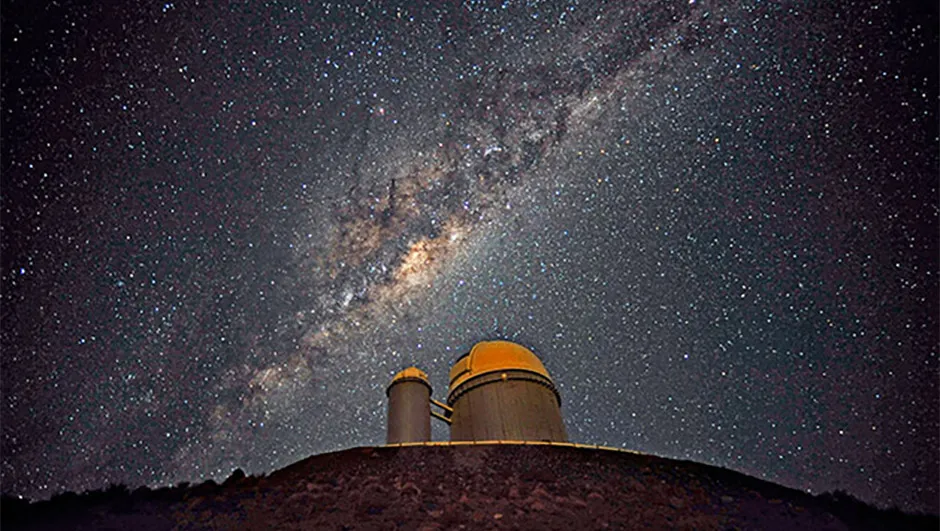Astronomers studying a red dwarf star about 111 lightyears away have concluded that an exoplanet in orbit around it could be a “scaled-up” version of Earth.They also discovered for the first time that the planet has a neighbour.
Both planets orbit K2-18, a red dwarf in the Leo constellation.
Planet K2-18b was discovered orbiting it in 2015, in the so-called ‘habitable zone’.
This makes it a candidate to have liquid water on its surface, which is a precondition for life as we know it.
The team made the discovery by looking at data on the star and planet captured by the High Accuracy Radial Velocity Planet Searcher (HARPS) on ESO’s 3.6m telescope at La Silla Observatory in Chile.

Using a technique called ‘radial velocity measurement’, the team were able to figure out the planet’s mass.
Comparing the mass and radius values, they were then able to determine that K2-18b is either a rocky planet with a small atmosphere like Earth, or a water planet with a layer of ice covering it.
However, while looking at the data, lead author of the study Ryan Cloutier, of theUniversité de Montréal Institute for research on exoplanets (iREx), discovered an unknown repeated signal occurring every nine days.
“When we first threw the data on the table we were trying to figure out what it was.
You have to ensure the signal isn’t just noise, and you need to do careful analysis to verify it, but seeing that initial signal was a good indication there was another planet,” Cloutier says.
The newly-discovered planet, K2-18c, is closer to its star than its planetary companion, meaning it would probably be too hot to be in the habitable zone.
